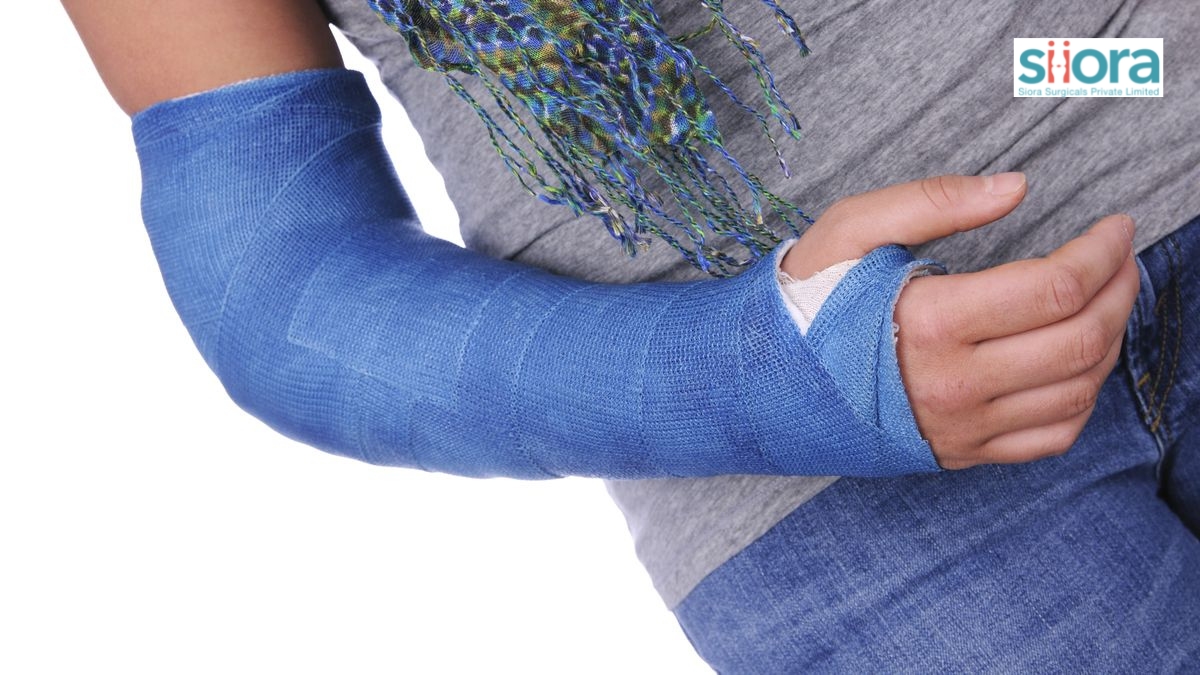A Quick Guide on How to Reset a Fracture?

When a fracture occurs, it is important to put the broken bone pieces back in their respective places for treatment. The process of doing so is known as bone resetting whereas the technique is called fracture reduction. The type of reduction required will depend on the severity and the pattern of the fracture. If open reduction is needed, it will involve the use of orthopedic implants and instruments. In this post, we will have a look at how bone resetting is performed in detail.
To get a CE-certified range of orthopedic devices, find experienced Orthopedic Instruments Manufacturers.
How to Reset a Fracture?
Critical fractures are reduced in an emergency room whereas, mild fractures can be reduced in urgent care clinic or a physician’s office. The goal of fracture reduction is to heal the broken bone and restore the range of motion of the affected area.
The process of fracture reduction includes:
Diagnosis
Correct diagnosis of a fracture is important to provide the right treatment. The diagnosis of a fracture involves a physical examination where an orthopedic specialist will look for swelling, bruising, tenderness, and other visible signs. Now, to confirm that the symptoms are because of a fracture, the healthcare service provider will order imaging tests. The tests which may be required include:
-
X-ray
-
MRI
-
CT scan
Selecting an Anesthetic
Choosing the right anesthesia is important as resetting a fracture is painful. Anesthesia will minimize the pain and the surgeons can carry out the procedure effectively. Anesthesia is chosen based on the severity of the fracture and the medical history of the patient. It is important to ask the patient about any allergies to anesthesia before selecting the right one.
Anesthesia is chosen between local and general where general anesthesia makes the patient asleep and local anesthesia makes the area where it is administered numb, but the patient remains conscious.
Sterilization
The next step here is to sterilize the skin with iodine, alcohol, or any other sterilizing agent to prevent bacterial infection. If this step is ignored, the bacteria over the skin may enter blood flow when the incision is made and cause septicemia.
Hematoma Block
Here, the local anesthetic agent is administered between fractured bone fragments to ensure better pain relief. This is not for open fractures.
Fracture Reduction
This is where the orthopedic specialist will realign broken bone fragments to their correct anatomy. This might also involve the use of orthopedic devices like bone plates, rods, pins, and screws. The type of implant required depends on the type and severity of the fracture. During reduction, the patient may feel pressure or a crunching sensation but not any significant pain.
Immobilization
After the reduction is complete, it is important to immobilize the area for proper healing. A plaster or a splint may be applied for immobilizing the fracture. In severe fractures, external fixation is required.
Post-Reduction Examination
An x-ray examination is performed after reduction to check whether the bone fragments are realigned correctly. If not, further process is required to correct the reduced fracture. Besides this, periodic examinations are also performed to check healing progress.
To get a CE-certified range of orthopedic devices, contact Siora Surgicals Pvt. Ltd., a trustworthy orthopedic device manufacturer in India. The company also takes part in various medical conferences that are organized across the globe. It is also preparing to visit Arab Health Exhibition 2023 in Dubai from 30 January to 2 February.
- Art
- Causes
- Crafts
- Dance
- Drinks
- Film
- Fitness
- Food
- Juegos
- Gardening
- Health
- Home
- Literature
- Music
- Networking
- Other
- Party
- Religion
- Shopping
- Sports
- Theater
- Wellness
- IT, Cloud, Software and Technology


